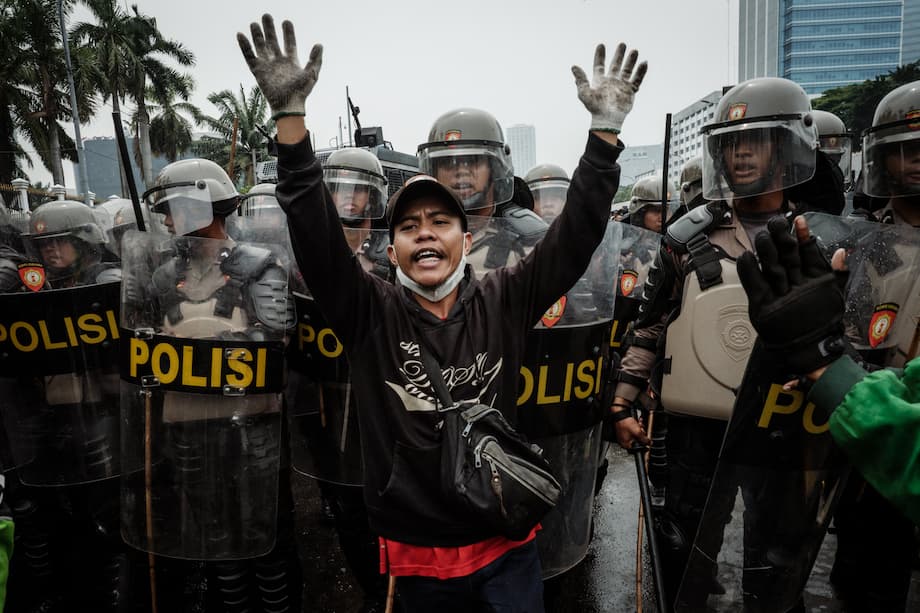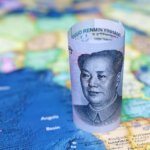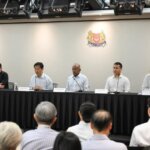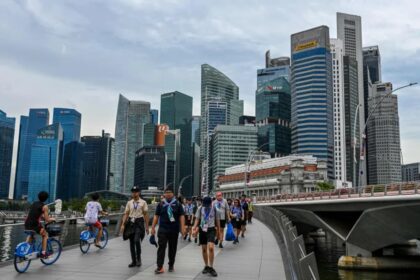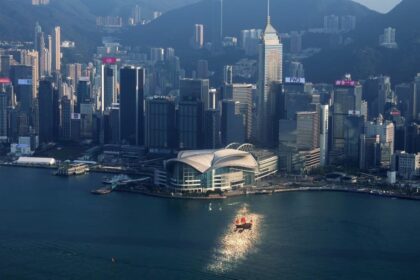Jakarta’s Streets Erupt: The 2025 Anti-Government Protests
In August 2025, Indonesia’s capital, Jakarta, became the epicenter of a wave of anti-government protests that swept across the nation. What began as a student-led movement quickly grew into a broad coalition of citizens, united by anger over controversial government policies, economic hardship, and fears of democratic backsliding. The protests, marked by dramatic street clashes, creative symbolism, and a powerful online presence, have become a defining moment for Indonesia’s post-reform generation.
- Jakarta’s Streets Erupt: The 2025 Anti-Government Protests
- What Sparked the Protests?
- Clashes and Crackdowns: Scenes from the Protests
- Why Are Indonesia’s Youth So Angry?
- Symbols of Resistance: The One Piece Pirate Flag
- Democracy Under Pressure: Military and Political Concerns
- Government Response: Concessions and Crackdowns
- Broader Implications: The Future of Indonesian Democracy
- In Summary
What Sparked the Protests?
The immediate trigger for the unrest was a series of austerity measures introduced by President Prabowo Subianto’s administration. In an effort to fund ambitious new programs, including a $4.3 billion free school meals initiative and the creation of a sovereign wealth fund called Danantara, the government ordered sweeping budget cuts totaling around $19 billion. These cuts affected essential sectors such as education and healthcare, sparking outrage among students and civil society groups who feared for their futures.
Compounding the anger were revelations that members of parliament were receiving lavish allowances—up to 50 million rupiah (about $3,200) per month for housing alone—at a time when many Indonesians struggled to make ends meet. This benefit is roughly 20 times the minimum wage in some regions, fueling perceptions of a political elite out of touch with ordinary citizens.
Protesters also voiced deep concerns about revisions to the Armed Forces Law, which expanded the military’s role in civilian government and raised retirement ages for generals. Many saw this as a dangerous step backward, reminiscent of the authoritarian rule of former President Suharto, whose regime ended in 1998 after mass student-led demonstrations.
The #IndonesiaGelap (Dark Indonesia) Movement
At the heart of the protests is the #IndonesiaGelap (“Dark Indonesia”) movement, which has trended widely on social media. Organized by the Student Executive Board–All Indonesia (BEM-SI) and other youth groups, the movement channels widespread pessimism about the country’s direction. Protesters, often dressed in black, have rallied in Jakarta and other major cities, carrying placards, chanting slogans, and demanding change.
The movement’s demands are broad, reflecting a range of grievances:
- Repeal of controversial laws and budget cuts
- Greater transparency in government spending
- Protection of democratic principles and civil liberties
- Reduction of military influence in civilian affairs
- Reform of police practices and an end to corruption
Clashes and Crackdowns: Scenes from the Protests
Jakarta’s streets have seen some of the most intense confrontations. Protesters have thrown rocks and tear gas canisters back at riot police, set fires, and erected makeshift barricades using concrete road barriers. Police have responded with tear gas, water cannons, and mass deployments—over 1,200 officers were stationed around the parliament building at the height of the unrest.
One particularly striking image captured a protester hurling a tear gas canister back at authorities, symbolizing the defiance and determination of the movement. Graffiti and protest art have appeared across the city, reflecting both anger and creativity.
“Indonesia is dark because there are many policies that aren’t clear to our society. The cuts are designed to plug a hole in the free meal programme expenses. Education is one of the things that could be impacted. Students are so angry.”
This statement from Herianto, a student leader in Jakarta, encapsulates the frustration felt by many young Indonesians.
Press Freedom Under Threat
The protests have also highlighted the risks faced by journalists covering civil unrest in Indonesia. Several reporters were assaulted or forced to delete footage by police while documenting clashes, according to the Committee to Protect Journalists. These incidents have drawn condemnation from press freedom advocates, who argue that a free press is essential for holding power to account—especially during times of political crisis.
Why Are Indonesia’s Youth So Angry?
Indonesia’s youth, numbering over 44 million, are at the heart of the current wave of protests. Their discontent is rooted in both economic and political realities. Youth unemployment stands at around 16 percent—more than double the rate in neighboring countries like Thailand and Vietnam. Many young graduates, despite their education, struggle to find stable, well-paying jobs and are forced into the informal sector or back into their family homes.
Surveys show that Indonesian youth are far more pessimistic about their economic prospects than their peers in Southeast Asia. Only 58 percent express optimism about the government’s economic plans, compared to a regional average of 75 percent. The mismatch between education and job opportunities, combined with rigid labor laws and a lack of effective vocational training, has left many feeling excluded from the country’s economic growth.
This economic frustration has merged with political grievances, creating a potent force for change. The #kaburajadulu (“Just Flee First”) trend, which encourages young people to seek opportunities abroad, reflects a growing sense of disillusionment with the status quo.
Historical Echoes: Student Activism and Democratic Resistance
The 2025 protests evoke memories of Indonesia’s 1998 student uprising, which played a crucial role in ending Suharto’s three-decade dictatorship. Since then, student activism has remained a powerful force in Indonesian politics, often serving as a check on government overreach and corruption.
Today’s youth-led movement draws on this legacy, but also harnesses the power of social media to organize, mobilize, and amplify their message. Demonstrations have taken place not only in Jakarta, but also in cities across the archipelago and among the Indonesian diaspora overseas.
Symbols of Resistance: The One Piece Pirate Flag
One of the most distinctive features of the 2025 protests has been the adoption of the Jolly Roger pirate flag from the Japanese anime series One Piece as a symbol of resistance. The flag, featuring a skull and crossbones with a straw hat, has appeared at rallies, on vehicles, and in homes across Indonesia.
For many young Indonesians, the flag represents opposition to authoritarianism and a desire for freedom. Its use has drawn the ire of government officials, who have threatened legal action against those who fly it alongside the national flag. Some see the crackdown as an overreaction, while rights groups argue that such creative expressions are protected by the constitution.
“The national flag is too sacred to be raised in a corrupt country,” said a university student in Riau province, explaining his decision to fly the pirate flag instead.
Experts note that symbols like the One Piece flag allow protesters to channel their frustration in ways that are both indirect and powerful, especially in an environment where direct criticism can carry risks.
Democracy Under Pressure: Military and Political Concerns
Beyond economic grievances, many protesters are alarmed by what they see as a rollback of democratic norms. The revised Armed Forces Law, which allows active military officers to occupy more civilian government posts and raises retirement ages for generals, has been particularly controversial. Critics warn that these changes could erode the principle of civilian supremacy and open the door to greater military influence in politics and business—echoes of the “New Order” era under Suharto.
Activists and scholars have voiced concerns that the law was rushed through parliament without adequate public consultation. Andreas Harsono of Human Rights Watch described the bill as a threat to Indonesia’s hard-won democracy, while novelist and sociologist Okky Madasari warned that it could further erode freedom of speech and democratic institutions.
The government, for its part, insists that the reforms are necessary to adapt to new security challenges and that democratic values will be upheld. However, the persistence of the protests suggests that many Indonesians remain unconvinced.
Government Response: Concessions and Crackdowns
Faced with mounting unrest, the government has adopted a mixed approach—offering some concessions while also deploying security forces to maintain order. State Secretary Prasetyo Hadi met with student leaders and promised to review their demands. President Prabowo has reshuffled his cabinet, replacing the higher education minister in an apparent bid to address concerns about scholarship cuts and university funding.
At the same time, police have used force to disperse crowds, and there have been reports of violence, arrests, and censorship. Human rights organizations have criticized these tactics, warning that repression could further inflame tensions and undermine Indonesia’s international reputation.
Economic Fallout and Market Jitters
The protests have also had economic consequences. Investor confidence has been shaken, with the stock market experiencing significant drops amid fears of instability and uncertainty over government policy. The austerity measures themselves, while intended to free up resources for new programs, have sparked concerns about the long-term impact on essential services and social support systems.
Despite these challenges, President Prabowo remains broadly popular, with approval ratings near 80 percent according to recent polls. However, analysts warn that continued unrest and dissatisfaction among the middle class could erode this support if grievances are not addressed.
Broader Implications: The Future of Indonesian Democracy
The 2025 protests are more than just a reaction to specific policies—they reflect deeper anxieties about the direction of Indonesia’s democracy. Over the past decade, observers have noted a decline in civil and political rights, rising corruption, and increasing military involvement in civilian affairs. The passage of new laws that restrict freedom of expression and minority rights has further fueled concerns about democratic backsliding.
For many young Indonesians, the current movement is a test of whether their voices can still shape the nation’s future. The persistence and creativity of the protests suggest a vibrant civil society that is unwilling to accept a return to authoritarianism. Whether the government will respond with meaningful reforms or further repression remains to be seen.
In Summary
- Indonesia’s 2025 anti-government protests were sparked by austerity measures, military law revisions, and perceptions of elite privilege.
- The youth-led #IndonesiaGelap movement has mobilized thousands across the country, demanding transparency, democracy, and economic justice.
- Clashes between protesters and police have been marked by violence, creative symbolism, and crackdowns on press freedom.
- Economic hardship and high youth unemployment have fueled discontent, with many young Indonesians pessimistic about their futures.
- The adoption of the One Piece pirate flag as a protest symbol reflects both generational divides and the power of online culture.
- Government responses have included both concessions and repression, with the outcome of the movement still uncertain.
- The protests highlight broader concerns about democratic backsliding and the future of civil liberties in Indonesia.


